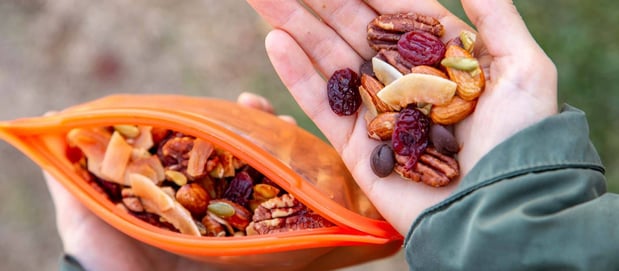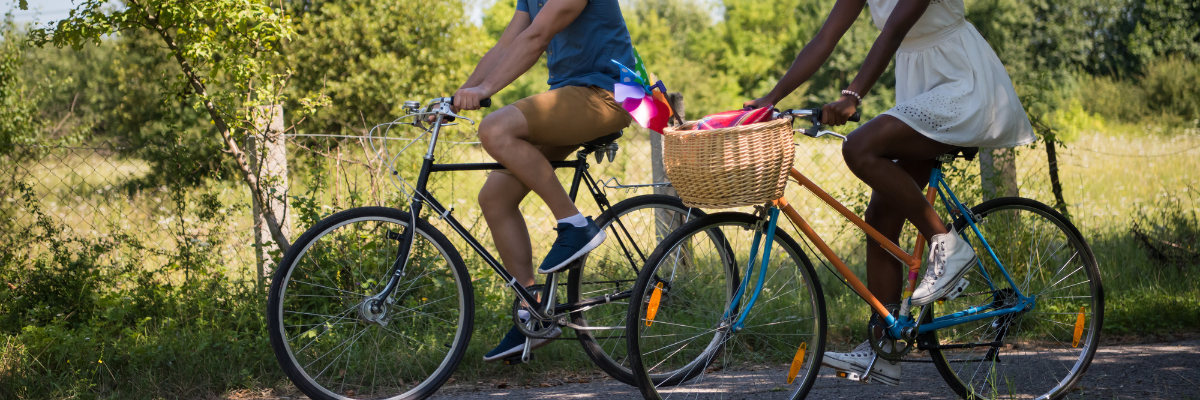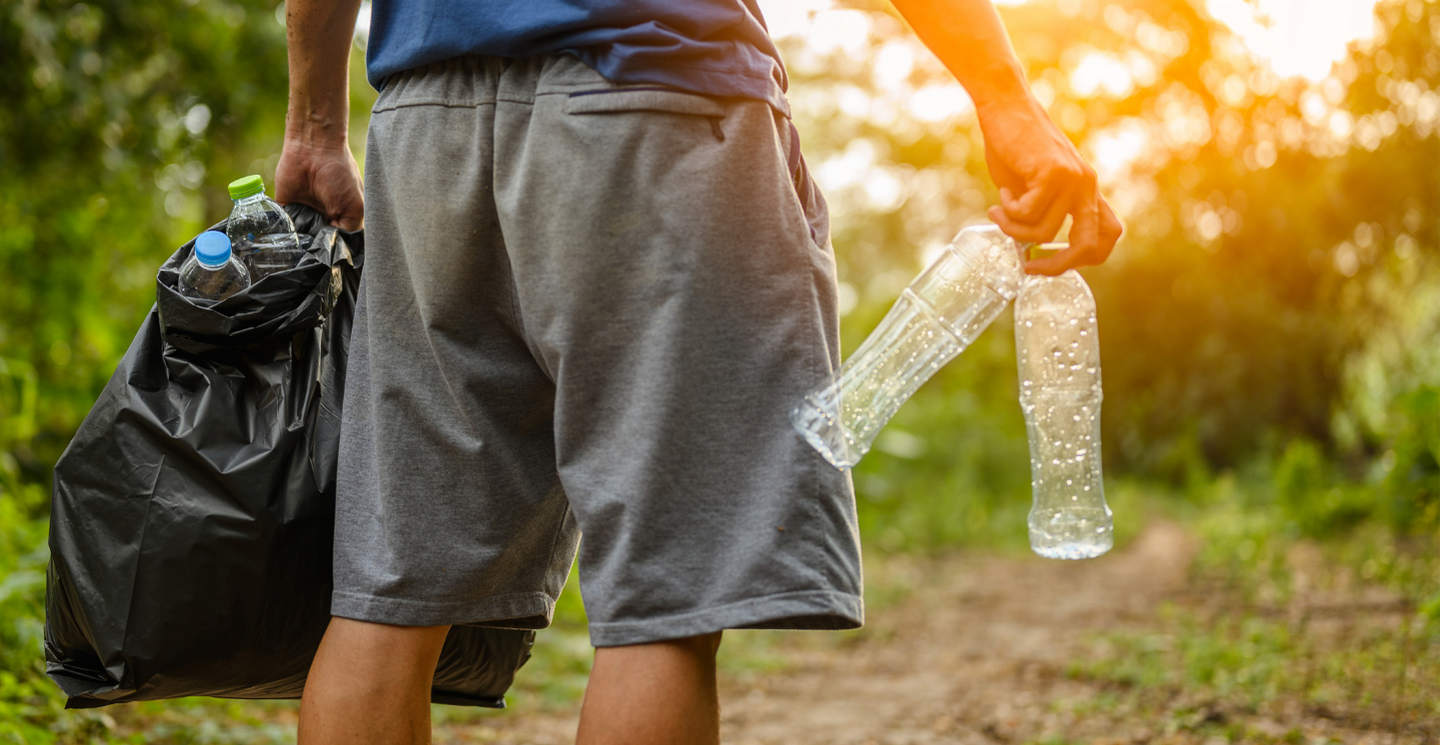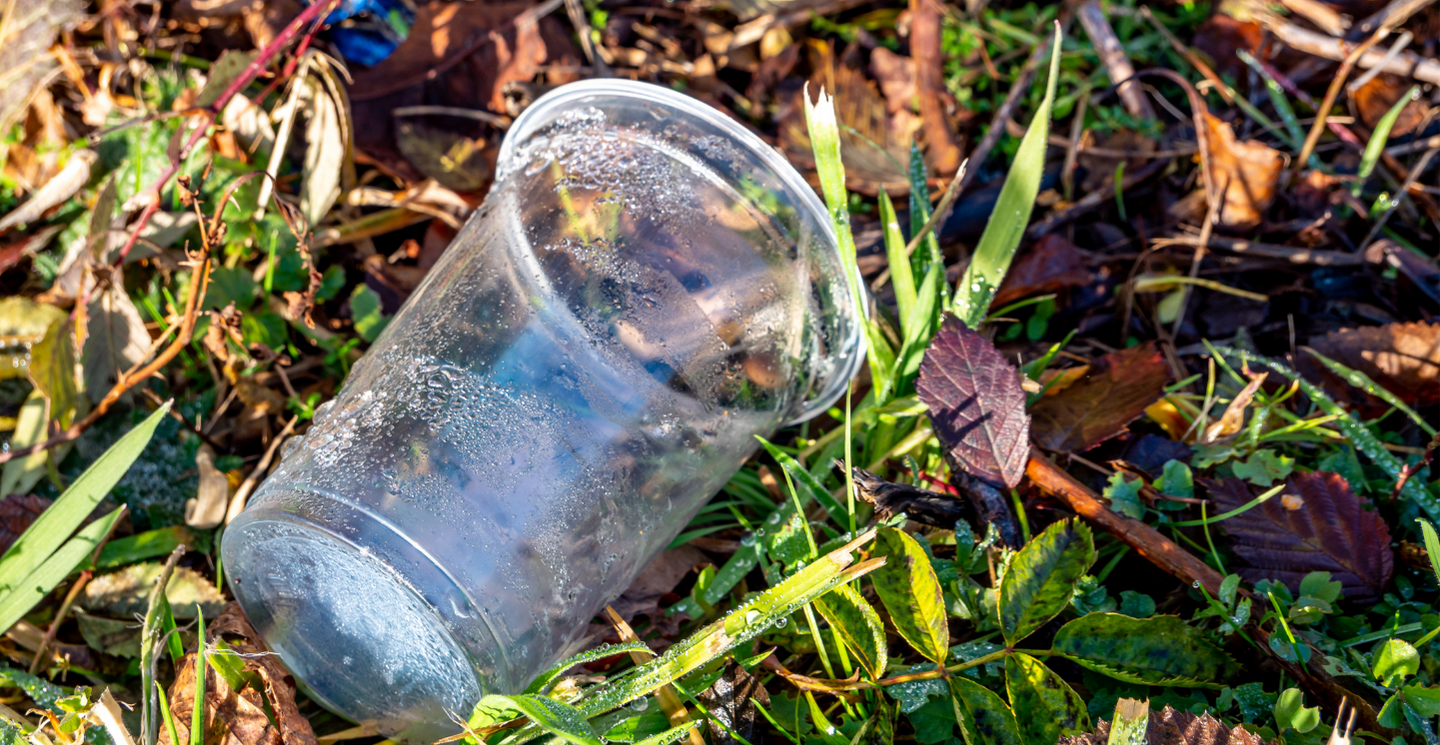The amount of waste produced in the United States each year is truly staggering, reaching a whopping 268 million tons. This waste has far-reaching social and environmental consequences, including contributing to greenhouse gas emissions, endangering wildlife, disrupting natural ecosystems, and posing risks to human health. Only 9% of all plastic waste produced has been recycled, leaving 91% to leech into our environment. As the tech industry booms, electronic waste increases, and the United States wastes more food than any other country.
As we strive to protect and preserve the beauty of nature, it is essential that we also make conscious efforts to minimize our impact on the environment. In order to achieve this, continue reading for some valuable insights on how we can engage in responsible recreation and effectively reduce waste in outdoor settings.

Drink out of a reusable water bottle
The production of plastic water bottles releases 2.5 million tons of carbon dioxide into the atmosphere every year, contributing to the growing environmental crisis. Additionally, 2 million tons of water bottles end up in U.S. landfills. By simply investing in a reusable water bottle, not only can you reduce your waste footprint, but you can also keep your water refreshingly cold!
-1.jpg?width=619&height=202&name=CVAL%20-%20Hikers%20-%20M.Bergreen%20-%202021-05-16%20-%20108%20(2)-1.jpg)
Buy clothing second hand
Thrift stores are a great resource when building your workout wardrobe. Not only can you save money on often pricey exercise clothing, but they are a great sustainable alternative to buying clothing brand new. It's important to note that the fashion industry is responsible for 10% of global carbon emissions and uses trillions of gallons of water every year.

Meal prep to avoid waste from pre-packaged foods.
Outdoor adventures often involve bringing along pre-packaged meals, snack bars, and trail mixes, which unfortunately contribute to waste and micro-plastic pollution in parks and open spaces. However, with a little bit of planning, it's actually quite easy to make these foods at home. For instance, you can purchase mixed nuts in bulk from the grocery store or create your own homemade granola bars. Instead of relying on single-use storage bags, opt for reusable containers to conveniently pack your snacks for on-the-go enjoyment.

Bike to your destination
Why not ditch the car and opt for an eco-friendlier way to get to your next hike? Consider carpooling, hopping on public transit, or even grabbing your bike!

Pack it in, pack it out
If you bring any single-use or plastic items with you on the trail, it's crucial to make sure you take them back with you to protect the wildlife. Many parks and preserves don't have trash cans because they attract scavengers like squirrels, skunks, raccoons, and other critters that love rummaging through trash. So, whenever you go hiking, camping, or backpacking, always remember to bring a designated container for your trash.
As always, please leave no trace when heading out to the preserve. For our Beginner’s Hiking Guide, click here.

